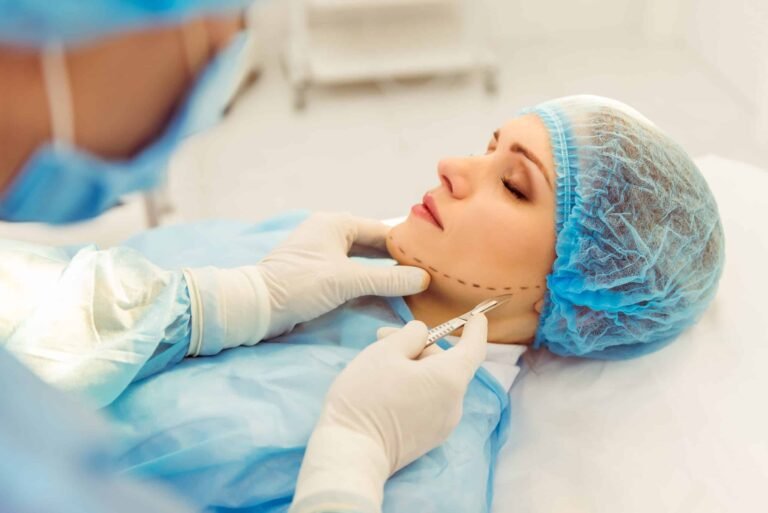South Korea has become a leading destination for fertility treatments, combining advanced medical technology with highly experienced specialists. For international patients considering a fertility evaluation trip in Korea, careful planning is essential to maximize the benefits of your visit while minimizing stress.
This comprehensive guide will help you plan your fertility evaluation trip as a medical tourist, covering everything from research and scheduling to travel logistics and post-evaluation steps.
Why Choose Korea for Fertility Evaluation?
- World-class fertility clinics equipped with cutting-edge diagnostic tools
- Highly trained reproductive endocrinologists and fertility specialists
- Transparent treatment protocols and personalized care plans
- Competitive pricing compared to many Western countries
- Support services tailored for international patients, including language assistance and travel coordination
Step 1: Research and Select the Right Fertility Clinic
Considerations for Choosing a Clinic:
- Accreditation and certifications from Korean medical authorities
- Range of diagnostic services offered (hormonal tests, ultrasound, semen analysis, genetic screening)
- Experience with international patients and availability of English-speaking staff
- Patient testimonials and success rates
- Proximity to your accommodation and airport
Popular Fertility Clinics for International Patients:
- G Clinic Korea – renowned for comprehensive fertility evaluations and IVF services
- Banobagi Women’s Clinic – specialized in personalized reproductive care
- JK Fertility Center – offers advanced diagnostics with international patient support
Step 2: Schedule Your Consultation and Evaluation Appointments
- Contact the clinic well in advance to book appointments; fertility evaluations often require multiple tests spaced over several days.
- Request a pre-visit virtual consultation to discuss your medical history and initial concerns.
- Ask about the typical duration of the evaluation process to plan your stay accordingly.
- Confirm if any special preparations are needed before tests (e.g., fasting).
Step 3: Plan Your Travel and Accommodation
Timing Your Trip
- Fertility evaluations can take 3 to 7 days, depending on the tests required.
- Plan to arrive 1–2 days before your first appointment to acclimate and complete any preliminary paperwork.
Visa and Entry
- Check South Korea’s visa requirements for your nationality and medical purpose.
- Some countries may allow visa-free entry or e-visas for short medical stays.
Accommodation
- Choose accommodation close to the clinic to reduce commute time.
- Some clinics partner with hotels offering special rates for medical tourists.
- Consider facilities with kitchens if you have special dietary needs.
Step 4: Prepare Necessary Documents and Medical History
- Bring all previous medical records, including hormone test results, ultrasound images, and semen analyses if available.
- Prepare a list of current medications and supplements.
- Have your passport, visa documents, and insurance information readily accessible.
Step 5: What to Expect During the Fertility Evaluation
- Blood tests to measure hormone levels and ovarian reserve
- Transvaginal ultrasounds to assess ovarian and uterine health
- Semen analysis for male partners (if applicable)
- Possible genetic screenings or infection tests
- Detailed consultations to interpret test results and discuss treatment options
Step 6: Post-Evaluation Planning and Follow-Up
- Clinics will provide a personalized fertility assessment report.
- Discuss potential next steps, such as IVF, IUI, or lifestyle changes.
- Ask about the possibility of starting treatments in Korea or coordinating with local doctors at home.
- Arrange for virtual follow-ups or additional consultations if you return home before treatments.
Additional Tips for a Successful Fertility Evaluation Trip
- Maintain a healthy lifestyle before and during your trip, including balanced nutrition and stress management.
- Stay hydrated and get adequate rest, especially during testing days.
- Learn basic Korean medical phrases or ensure your clinic offers a translator.
- Keep a journal of questions and concerns to discuss during consultations.
- Consider travel insurance covering medical visits and potential treatment complications.
Final Thoughts
A well-planned fertility evaluation trip to Korea can provide clarity on your reproductive health and open pathways to effective treatment. By researching reputable clinics, organizing your itinerary, and preparing your medical documents, you can make the most of your visit and set a strong foundation for your fertility journey.




